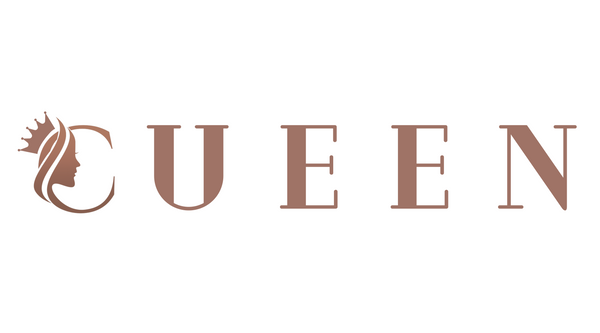Head lice: two words that strike instant panic in parents, teachers, and caregivers alike. Whether it's a call from school or the discovery of a child scratching their scalp like mad, the reaction is universal—grab the nearest lice treatment and start scrubbing.
But here's the harsh truth: most anti-lice treatments don't actually work. Or at least, not the way you expect them to.
In this article, we’ll break down why conventional lice treatments often fail, the common mistakes people make, and what actually works to kill lice and prevent them from coming back.
The Hidden Problem With Traditional Lice Treatments
1. They Often Miss the Eggs (Nits)
Most over-the-counter lice shampoos only target adult lice. But lice eggs (nits) are incredibly resilient. If even a few nits survive, they hatch within 7–10 days and restart the infestation.
A treatment that doesn’t kill nits is only a partial solution—you’ll be back to square one in no time.
2. Chemical Resistance is Real
Over the last decade, studies have shown that head lice have grown increasingly resistant to common pesticides like permethrin and pyrethrin, which are found in many lice shampoos.
This “super lice” problem means that even when used correctly, many chemical-based treatments just don’t kill the lice anymore.
3. Incorrect Usage or Incomplete Treatment
Let’s face it—lice treatment is tedious. Many products require multiple steps, hours of combing, or repeated applications. People often:
> Don’t use enough product
> Miss reapplication days
> Fail to treat bedding, brushes, or other family members
Even missing a single egg or louse can restart the cycle.
So What Actually Works?
The key to effective lice treatment is a multi-action approach:
> Kill the lice
> Kill the nits
> Prevent re-infestation
> Be gentle enough for repeated use
That’s where modern, non-toxic anti-lice sprays come in.
Introducing a Smarter Solution: Anti-Lice Spray
Unlike traditional treatments, a topical anti-lice spray is specifically designed to:
> Kill both lice and eggs
> Use no neurotoxic pesticides
> Be safe, even for frequent application
> Provide easy application via spray or comb applicator
In short, it's a treatment that actually finishes the job, without exposing your child to harsh chemicals.
What to Look for in an Effective Lice Treatment?
Before buying another anti-lice product, check the label for:
> No neurotoxins or harmful chemicals
> Claims to kill both lice and eggs
> Easy application method
> Safety for repeated use
> Backed by real reviews or clinical testing
Final Tips to Stay Lice-Free
> Treat the whole family if there's been close contact.
> Wash bedding, hats, scarves, combs, and towels in hot water.
> Use the anti-lice spray proactively during school seasons or camp.
> Educate your child to avoid head-to-head contact.
The Takeaway
If you've tried lice treatments in the past and they didn't work, it's not your fault — it’s the product. Most fail to kill lice eggs or use outdated ingredients that lice have grown resistant to.
By switching to a modern, non-toxic anti-lice spray that targets both lice and eggs, you can end the cycle for good — quickly, safely, and without the drama.
No harsh chemicals. No second round. Just peace of mind.

